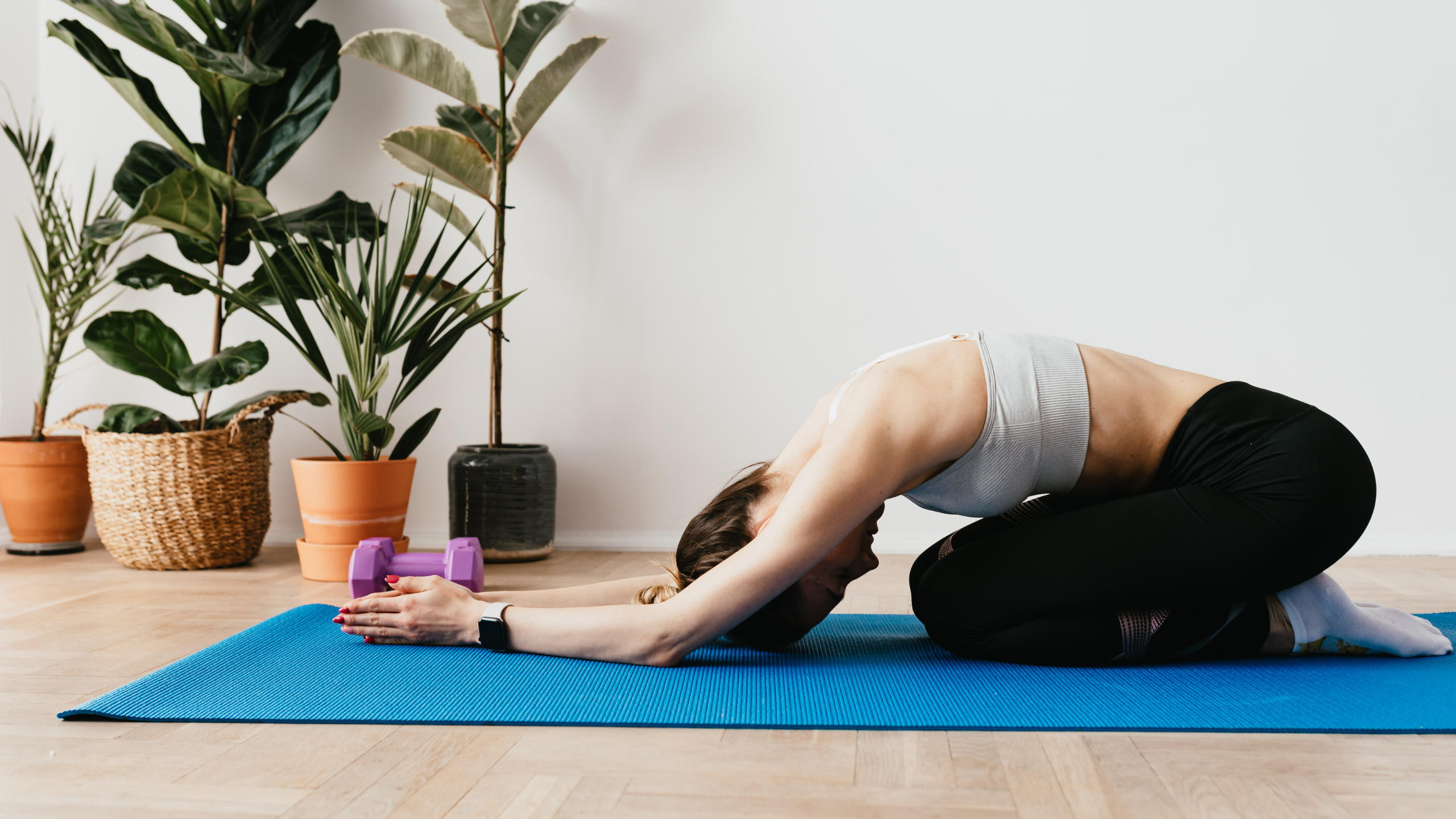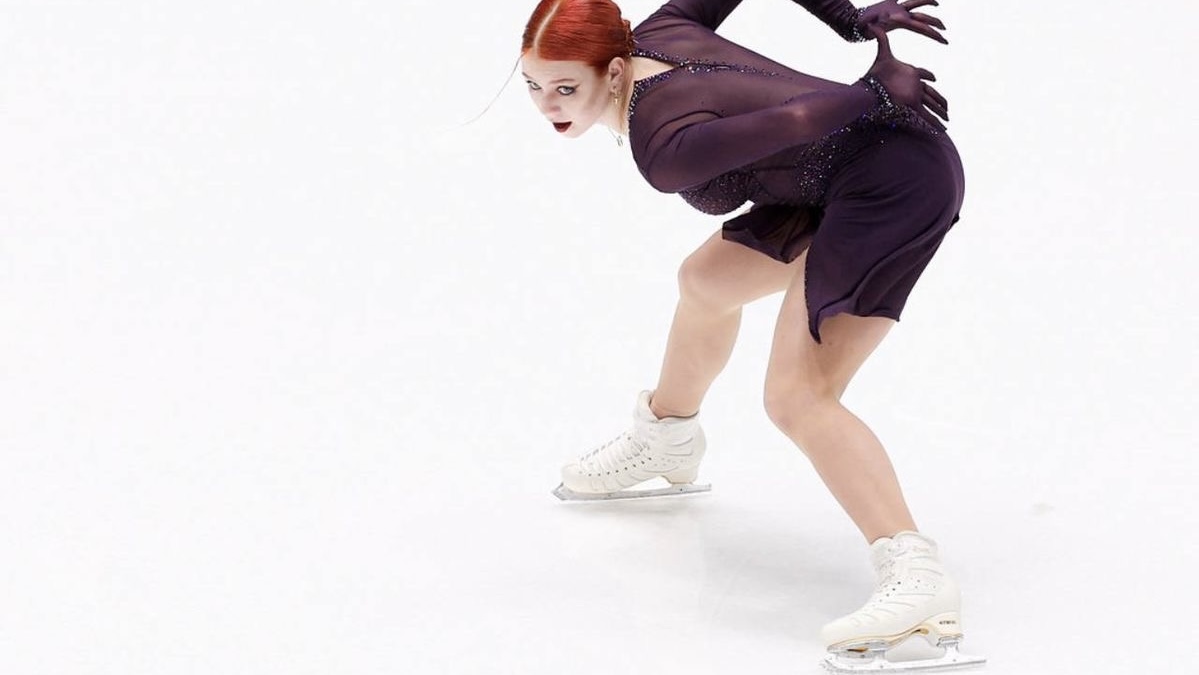January 15, 2025
Alexandra Trusova Expecting a Child
April 04, 2025

In a world where time is a precious commodity, the idea of a five-minute stretch routine sounds almost too good to be true. Can a mere 300 seconds really improve flexibility, ease tension, or boost your day? For busy professionals, athletes, or anyone squeezed for time, the promise of quick, effective stretching is tantalizing. But does science back it up, or is it just wishful thinking? Let’s dive into what a five-minute stretch can—and can’t—do for your body and mind.
Stretching doesn’t need hours to work its magic. “Even a short session can wake up your muscles and joints,” says Dr. Kelly Starrett, a physical therapist and mobility expert. A five-minute routine—say, a mix of hamstring stretches, shoulder rolls, and a cat-cow flow—targets key areas prone to tightness from sitting or repetitive motion. It’s not about overhauling your flexibility overnight; it’s about giving your body a reset.
Science supports this. A 2022 study in the Journal of Strength and Conditioning Research found that just five minutes of dynamic stretching—active movements like leg swings or arm circles—increased range of motion by up to 10% in participants, with effects lasting about 30 minutes. Static stretching, where you hold poses like a forward fold, showed similar short-term gains in muscle length. For desk workers or pre-workout warm-ups, that’s enough to feel looser and move better.
When you stretch, even briefly, you’re engaging a cascade of physiological responses. Muscles lengthen, activating mechanoreceptors—sensors in your tissues—that signal the nervous system to relax tight fibers. This process, called autogenic inhibition, reduces stiffness in as little as 20-30 seconds per stretch, according to research in Physical Therapy. Blood flow ramps up too, delivering oxygen and nutrients to muscles, which can ease that “stuck” feeling after hours in a chair.
Take a quick quad stretch: holding it for 30 seconds per leg (a minute total) can temporarily elongate the muscle by up to 5%, per a 2021 European Journal of Applied Physiology study. Pair it with a chest opener and hip flexor stretch, and in five minutes, you’ve hit major muscle groups—quads, chest, hips—that often tighten from daily life. It’s not permanent, but it’s a start.
The benefits aren’t just physical. “Stretching is a mindfulness hack,” says yoga instructor Adriene Mishler. Five minutes of intentional movement—focusing on your breath as you reach or twist—can lower cortisol, the stress hormone. A 2020 study in Psychoneuroendocrinology found that brief stretching reduced perceived stress by 18% in participants, thanks to its calming effect on the parasympathetic nervous system. For a mid-day slump or pre-meeting jitters, that’s a game-changer.
Don’t expect miracles, though. “Short stretches won’t undo chronic tightness or replace a full routine,” cautions Dr. Stuart McGill, a spine biomechanics expert. If you’re aiming for significant flexibility gains—like touching your toes after years of stiffness—five minutes won’t cut it. Research shows that lasting muscle elongation requires 20-30 minutes of stretching weekly, with holds of 60 seconds or more per muscle group to remodel collagen in connective tissues.
Injury prevention is another gray area. While a quick stretch can prep muscles for activity, a 2019 British Journal of Sports Medicine review found no clear evidence that five minutes alone reduces injury risk in high-intensity sports. It’s a warm-up, not a shield. And if you’re pushing too hard in those 300 seconds—say, forcing a deep split—you risk microtears, negating any benefit.
So, how do you maximize five minutes? Efficiency is key. Here’s a simple, science-backed routine:
Move smoothly, breathe deeply, and don’t bounce—static or gentle dynamic stretches work best in this window. Target major muscle groups, and you’ll hit 80% of the tension zones in five minutes flat.
Can a five-minute stretch make a difference? Yes, but it’s a stepping stone, not a solution. It boosts mobility, eases stiffness, and calms the mind—perfect for a quick reset or warm-up. Studies confirm short-term gains in range of motion and stress relief, making it a worthy habit. But for deep flexibility or injury-proofing, it’s a teaser, not the main event. Pair it with longer sessions when you can, and consistency will amplify the payoff.
Think of it like a coffee break for your body: five minutes won’t transform you, but it’ll perk you up. Lace up your shoes, roll out a mat, and give it a shot—your muscles (and mood) will thank you.
By Vitalina Andrushchenko, Staff Writer

January 15, 2025
Alexandra Trusova Expecting a Child

April 05, 2025
Alexandra Trusova and Makar Ignatov Reveal the Gender of Their Future Child

December 26, 2024
2025 World Junior Championship Schedule